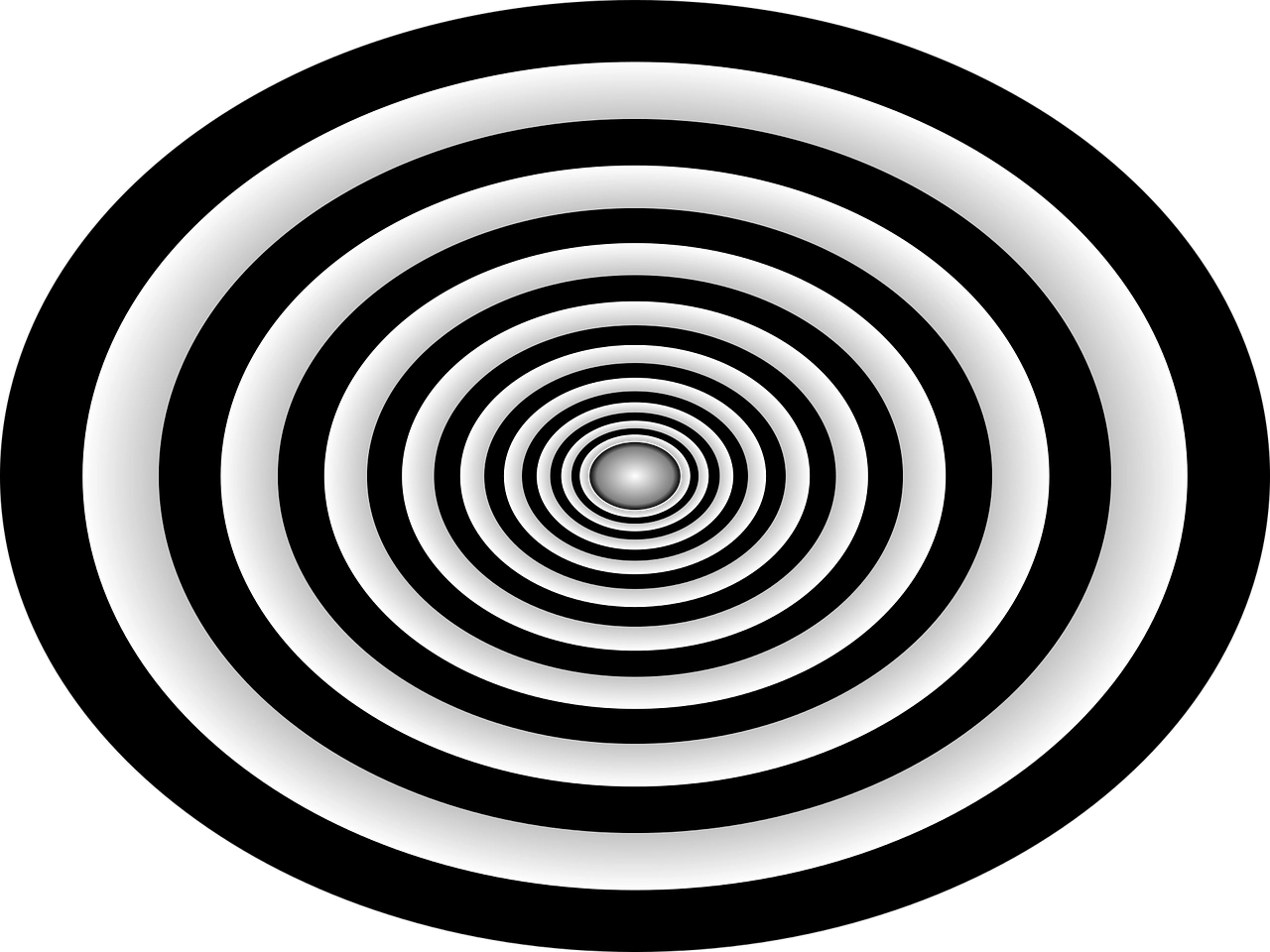Quantum Quandaries: Debating the Nature of Reality

Before diving in, please note: This post is for informational purposes only. If you’d like to know more about how we approach topics, feel free to check out our friendly Disclaimer Page.
Hey there, amazing readers! 
We’re committed to delivering quality posts, and your support (even just sticking around despite the ads) means everything to us. So, bear with us, and thanks for helping us keep the good vibes rolling. Now, on to the fun stuff!
TRANSLATE BUTTON AT THE END OF THE ARTICLE
Overview
The study of quantum mechanics has challenged our understanding of reality and raised profound questions about the nature of the universe. Quantum mechanics deals with the behavior of particles at the smallest scales, where the laws of classical physics break down. In this article, we will unravel the enigma of quantum mechanics, exploring concepts such as wave-particle duality, the uncertainty principle, Schrödinger’s Cat paradox, quantum entanglement, the many-worlds interpretation, the measurement problem, and the role of consciousness in shaping quantum reality.
Unraveling the Enigma: The Basics of Quantum Mechanics
Quantum mechanics provides a mathematical framework to describe the behavior and interactions of particles at the microscopic level. Unlike classical physics, quantum mechanics introduces the concept of wave-particle duality, where particles can exhibit properties of both waves and particles. It also incorporates the notion of quantization, where certain physical quantities can only take on discrete values. This theory has been successful in explaining a wide range of phenomena, from the behavior of electrons in atoms to the functioning of lasers and transistors.
The Wave-Particle Duality: A Fundamental Puzzle
The wave-particle duality is one of the most intriguing aspects of quantum mechanics. It states that particles, such as electrons or photons, can behave as both particles and waves depending on how they are observed. This duality challenges our classical intuition, as it suggests that particles can exhibit wave-like interference patterns, similar to ripples in water. The famous double-slit experiment illustrates this phenomenon, where particles passing through two slits create an interference pattern on a screen, suggesting their wave-like nature.
The Uncertainty Principle: Embracing Limitations
The uncertainty principle, formulated by Werner Heisenberg, states that certain pairs of physical properties, such as position and momentum, cannot be precisely measured simultaneously. This principle arises from the wave-particle duality and imposes fundamental limits on our ability to know the precise values of these properties. It implies that the act of measurement itself disturbs the system being measured. The uncertainty principle challenges the determinism inherent in classical physics and introduces a fundamental indeterminacy in quantum mechanics.
Schrödinger’s Cat: A Quantum Paradox Explored
Schrödinger’s Cat is a thought experiment that highlights the peculiarities of quantum superposition. In this scenario, a cat is placed in a box with a radioactive substance that has a 50% chance of decaying within a certain time. According to quantum mechanics, until an observation is made, the cat exists in a superposition of both alive and dead states. This paradox raises questions about the role of observation and the concept of reality in quantum mechanics.
Quantum Entanglement: The Spooky Action at a Distance
Quantum entanglement refers to a phenomenon where two or more particles become correlated in such a way that the state of one particle is instantaneously linked to the state of another, regardless of the distance between them. This “spooky action at a distance,” as Einstein called it, challenges our classical understanding of causality and suggests a deep interconnectedness between particles. Quantum entanglement has been experimentally verified and forms the basis for applications such as quantum cryptography and quantum teleportation.
Many-Worlds Interpretation: Parallel Universes?
The many-worlds interpretation proposes that every quantum measurement results in a branching of the universe into multiple parallel realities. According to this interpretation, all possible outcomes of a measurement exist simultaneously in different branches of the universe. This view avoids the need for wavefunction collapse, a concept associated with the Copenhagen interpretation, and suggests that all possibilities are realized in different branches of reality. The many-worlds interpretation remains a topic of debate among physicists and philosophers.
The Measurement Problem: Observer Influence in Quantum Theory
The measurement problem in quantum mechanics arises from the apparent role of the observer in collapsing the wavefunction and determining the outcome of a measurement. According to the Copenhagen interpretation, the act of observation forces the system to choose a particular state. However, it remains unclear how consciousness or observation influences the physical world. Various interpretations offer different explanations, ranging from the role of conscious observers to the influence of macroscopic systems.
Collapse vs. Copenhagen: The Great Interpretation Debate
The interpretation of quantum mechanics has been a subject of intense debate since its inception. The Copenhagen interpretation, formulated by Niels Bohr and Werner Heisenberg, suggests that the wavefunction collapses upon measurement, leading to a definite outcome. This view emphasizes the role of observation and treats the wavefunction as a mathematical tool rather than a physical reality. On the other hand, proponents of collapse interpretations argue that the wavefunction represents an objective physical reality that collapses due to measurement. The debate between these interpretations highlights the philosophical and conceptual challenges of quantum mechanics.
The Role of Consciousness: Are Humans Key to Quantum Reality?
The role of consciousness in shaping quantum reality remains a topic of speculation and inquiry. Some theories propose that conscious observers are necessary for the collapse of the wavefunction, while others argue that consciousness emerges from fundamental quantum processes. The connection between consciousness and quantum mechanics is a complex and evolving field of research, bridging the gap between physics, neuroscience, and philosophy. Exploring this connection may provide insights into the nature of reality and our place within it.
Conclusion
Quantum mechanics continues to present intriguing and unresolved questions about the nature of reality. From the wave-particle duality to the measurement problem and the role of consciousness, these quantum quandaries challenge our intuitions and force us to reevaluate our understanding of the universe. While many interpretations and theories exist, the debate surrounding quantum mechanics serves as a testament to the richness and complexity of the quantum world. As we continue to delve deeper into the realm of quantum physics, we may uncover new insights that broaden our perspectives on the fundamental nature of reality.

The Enlightenment Journey is a remarkable collection of writings authored by a distinguished group of experts in the fields of spirituality, new age, and esoteric knowledge.
This anthology features a diverse assembly of well-experienced authors who bring their profound insights and credible perspectives to the forefront.
Each contributor possesses a wealth of knowledge and wisdom, making them authorities in their respective domains.
Together, they offer readers a transformative journey into the realms of spiritual growth, self-discovery, and esoteric enlightenment.
The Enlightenment Journey is a testament to the collective expertise of these luminaries, providing readers with a rich tapestry of ideas and information to illuminate their spiritual path.
Understand the Powerful Law of Karma and Its Impact – Explore Here!
Our Diverse Expertise
While our primary focus is on spirituality and esotericism, we are equally passionate about exploring a wide range of other topics and niches 

To ensure we provide the most accurate and valuable insights, we collaborate with trusted experts in their respective domains 
Our blog originally focused on spirituality and metaphysics, but we’ve since expanded to cover a wide range of niches. Don’t worry—we continue to publish a lot of articles on spirituality! Frequently visit our blog to explore our diverse content and stay tuned for more insightful reads.


































































